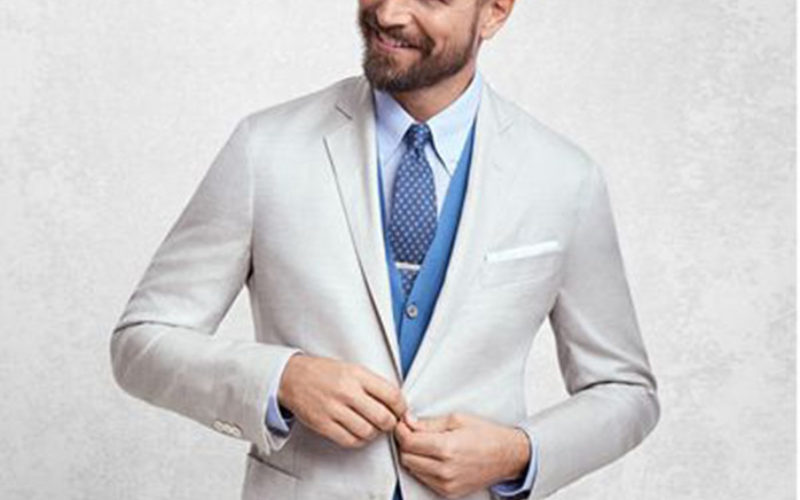Q. I was at a party and I heard a man refer to his “waistcoat.” I didn’t know what he was talking about so I later looked it up on the Web, but I’m still confused. Do men still wear “waistcoats”?
A. Yes, they do. Basically, in America, a waistcoat is a specific type of vest that is worn when a man is formally dressed in either white-tie-and-tails or in black tie. Some men incorrectly use the term to describe any vest.
When dressing in the most formal white-tie-and-tails, the waistcoat is a classic essential. It is made of white cotton pique fabric. With black-tie attire, a waistcoat is optional: you can wear one or not. But if you do, the choice most often is black fabric to match the rest of the suit. Unless the party called for formal attire, the man was probably wearing a vest, rather than a waistcoat.
A vest is usually part of a three-piece suit (being the third piece), but it can also refer to a casual sleeveless knitted sweater. The popularity of suits with vests waxes and wanes. Now that we are in an era where “casual” and “business casual” dress is so prevalent, the dark pinstriped three-piece suit has become a rarity. Currently, suits with vests are much less in favor than they were a while back. The pendulum swings slowly. It will probably be several years before vests are “in” again.
Even so, wearing a suit vest is not actually wrong. If a suit you are buying has a vest, make certain the vest covers the waistband of your trousers. No shirt shows, ever, between vest and pants. The fit of your vest should be smooth and close to the body without the least sign of pulling or creasing.
The bottom button of the vest is always left unbuttoned. I have heard many reasons for this ironclad rule, and am dubious about them all. The story heard most often is that Beau Brummel, the nineteenth-century English dandy, left his bottom button unfastened. The fashionable world figured it must be the proper thing to do and has been doing it ever since. Whether the story is true or not, I do know it is a gross breach of style to fasten that bottom button.
Vests that are part of a three-piece suit are made of the same fabric as the suit. Other ways of wearing a vest are as a contrasting accessory to a two-piece suit, as an interesting item added to a blazer-and-trousers combination, or as a stand-alone substitute for a jacket. Fabrics range from solid-colored suede to a contrasting wool check or a well-tailored off-white wool. Most such vests are single-breasted, but some are double-breasted and they might even have small lapels. These can definitely add a dapper note to an otherwise classic mix. It is an eye-catching way of dressing that some younger men like; it is not for the guy who is uncomfortable drawing attention to what he is wearing. When it is done well, it can set you apart from the crowd in a rather nice way. A similar effect that’s far less “look at me” is wearing either a gray or colored sweater vest over a shirt and under a blazer or sports jacket.
The very newest look in vest dressing is wearing a light-as-a-feather and not-too-puffy down vest (such as the ones from Belstaff) under a suit jacket for added warmth when it is not cold enough to actually need an outer coat.
A true waistcoat, on the other hand, is much more limited. It refers to a vest that is worn specifically with formal wear. And while we’re discussing the proper terms to use, whether you call it a dinner suit, evening clothes, dinner jacket, black tie, or a tuxedo, it all means the same thing. It all adds up to black and white dressing.
Please send questions on men’s dress and grooming to MALE CALL: Lois.Fenton@prodigy.net









